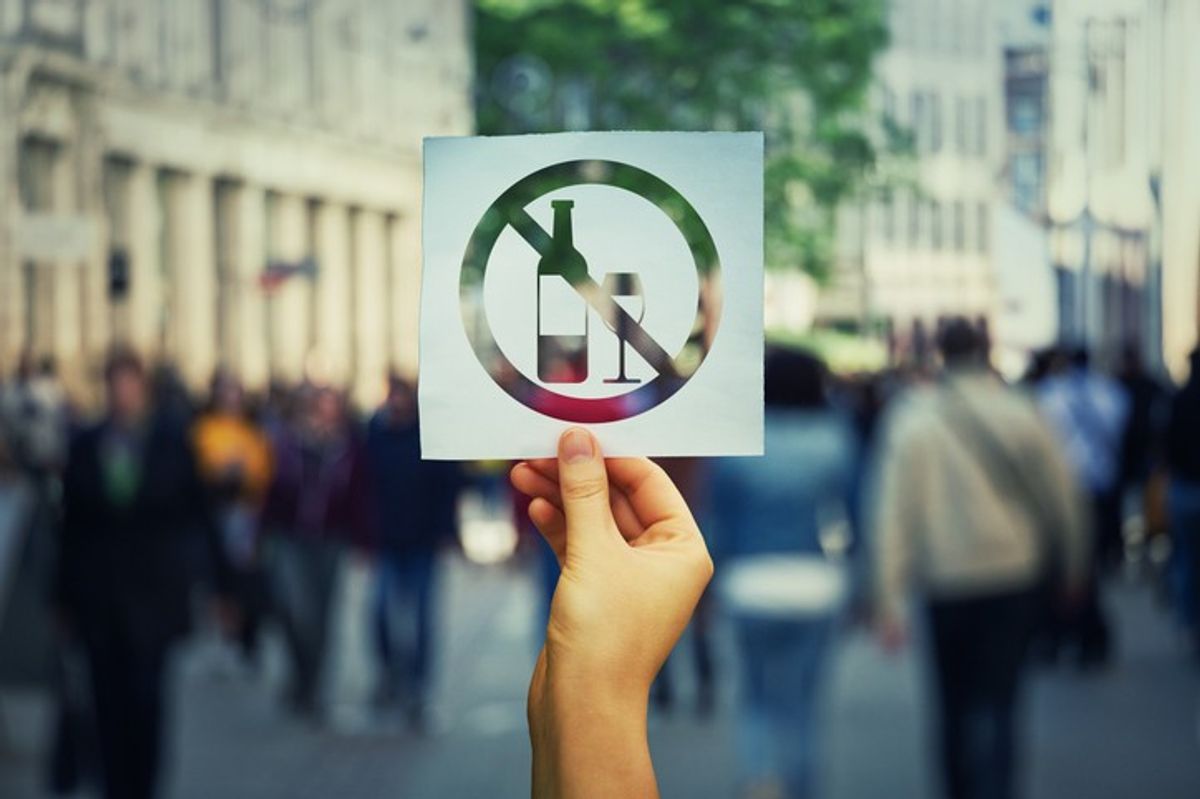Summary
- 49% of young adults choose no & low-alcohol to moderate nearly doubling since 2018 (28%)
- Use of alcohol-free drinks by risky drinkers has more than tripled since 2018, from 7% to 23%
- 44% of all adults choose no & low-alcohol to moderate their drinking – up from 31% in 2018
Half (49 per cent) of young adults are choosing no- and low-alcohol drinks to moderate their drinking – nearly doubling since 2018 (28 per cent), according to a new report from Drinkaware, published today (Tuesday 21 October).
The report examined trend data from Drinkware’s annual Monitor since 2018, the only nationally representative survey of the UK’s drinking habits. It looked at who is using these drinks to moderate, how this has changed, and what it says about the UK’s drinking culture.
Encouragingly, uptake of alcohol-free drinks among risky drinkers – those who drink above the Chief Medical Officers’ low-risk guidelines of 14 units per week – has more than tripled, rising from seven per cent in 2018 to 23 per cent in 2025.
Meanwhile, the majority (59 per cent) of risky drinkers who consume no- or low-alcohol products use them instead of regular-strength alcohol. A further 25 per cent use them either as a replacement or an addition depending on the occasion. Only nine per cent said they drink them alongside regular alcohol. Trends with clear potential for reducing alcohol harm.
According to the data, almost half (44 per cent) of UK adults are choosing no and low-alcohol drinks to moderate their drinking – up from 31 per cent in 2018. It also revealed a sharp rise in UK drinkers opting for alcohol-free options to moderate their drinking, from 18 per cent in 2018 to 31 per cent in 2025, with consumption of low-alcohol products also increasing from 25 per cent to 33 per cent over the same period.
Drinkaware’s latest findings come as the government is set to launch a public consultation on whether to increase the threshold for a product to be branded as alcohol free from 0.05 per cent to 0.5 per cent.
“It is great to see young adults leading the charge in the growth of no-and-low drinks,” said Karen Tyrell, CEO of the charity Drinkaware. “But it is the rise in their use by risky drinkers which shows their potential for helping to reduce alcohol harm.
“The Government’s Ten-Year Health Plan for England rightly highlights their growth as an important tool in tackling alcohol harm. Swapping a regular beer, wine or cocktail for one of the many no and low-alcohol alternatives is an easy way to cut down on your drinking.”
Download Drinkaware’s report: Here


